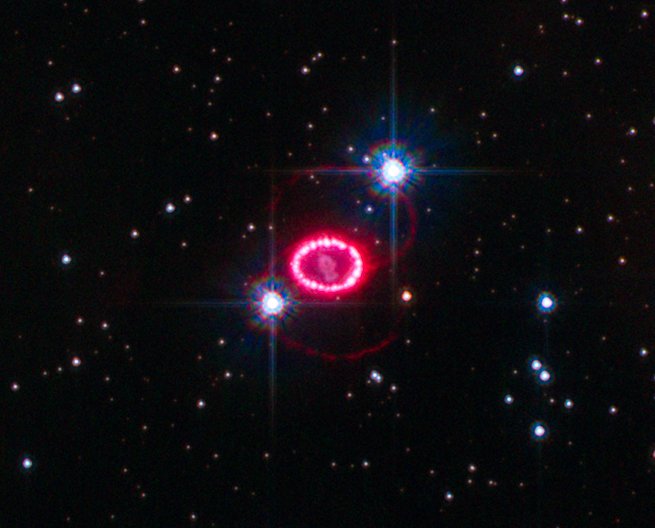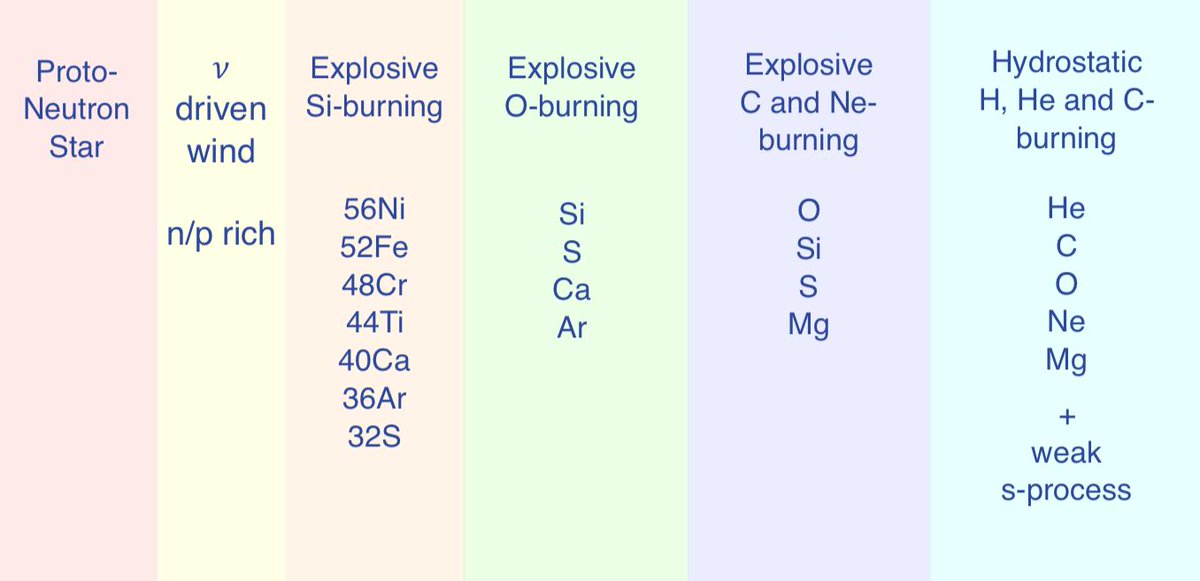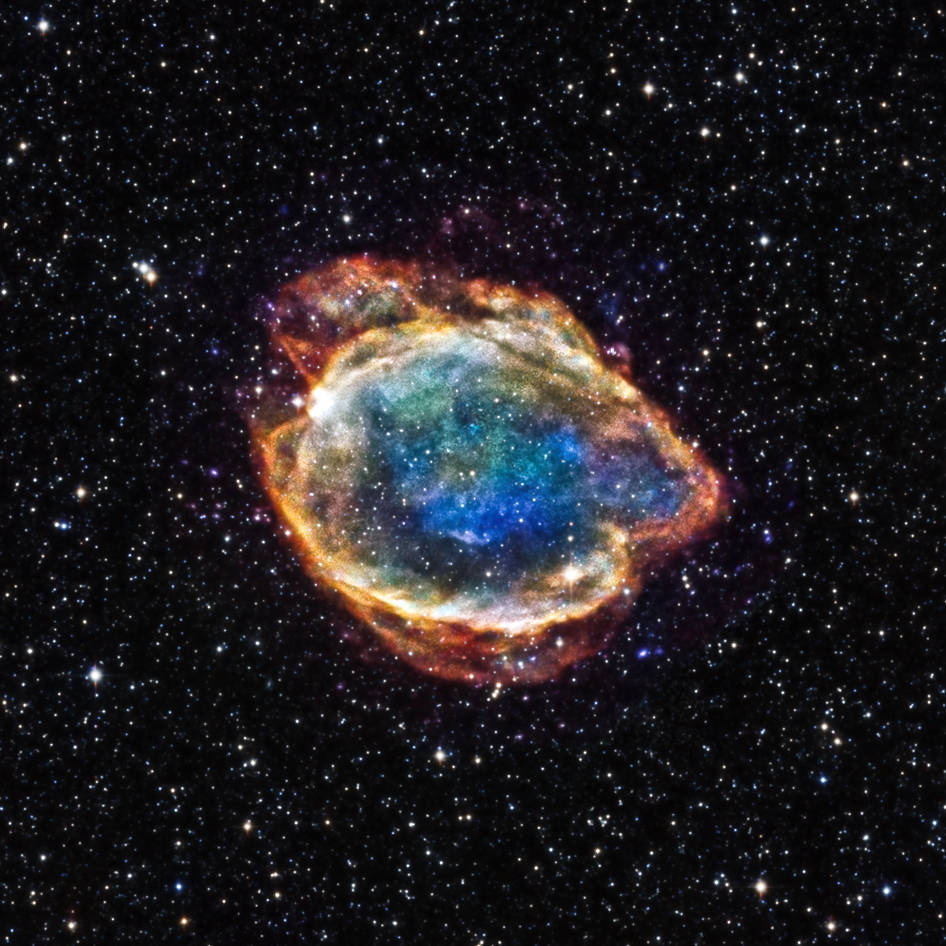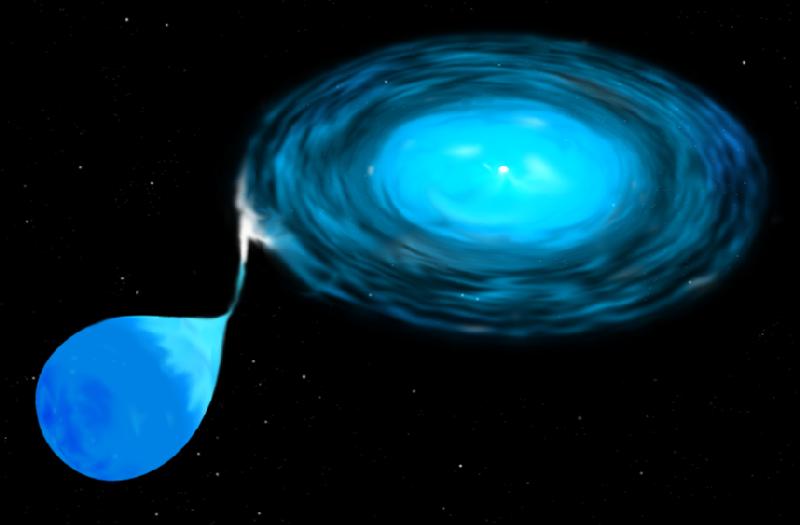I promised you supernovae and it’s time to deliver!!  https://abs.twimg.com/emoji/v2/... draggable="false" alt="⭐️" title="Medium star" aria-label="Emoji: Medium star">
https://abs.twimg.com/emoji/v2/... draggable="false" alt="⭐️" title="Medium star" aria-label="Emoji: Medium star"> https://abs.twimg.com/emoji/v2/... draggable="false" alt="💫" title="Dizzy symbol" aria-label="Emoji: Dizzy symbol">
https://abs.twimg.com/emoji/v2/... draggable="false" alt="💫" title="Dizzy symbol" aria-label="Emoji: Dizzy symbol"> https://abs.twimg.com/emoji/v2/... draggable="false" alt="💥" title="Collision symbol" aria-label="Emoji: Collision symbol">
https://abs.twimg.com/emoji/v2/... draggable="false" alt="💥" title="Collision symbol" aria-label="Emoji: Collision symbol">
TBH I feel like textbooks are way more confident about how supernovae work than they have reason to be. There& #39;s SO MUCH research going on you can barely keep up! https://twitter.com/sanjanacurtis/status/1247291118162567169">https://twitter.com/sanjanacu...
TBH I feel like textbooks are way more confident about how supernovae work than they have reason to be. There& #39;s SO MUCH research going on you can barely keep up! https://twitter.com/sanjanacurtis/status/1247291118162567169">https://twitter.com/sanjanacu...
Supernovae are basically explosions, but in space, so even cooler  https://abs.twimg.com/emoji/v2/... draggable="false" alt="😎" title="Smiling face with sunglasses" aria-label="Emoji: Smiling face with sunglasses"> I’ll talk about *iron core-collapse supernovae* that come from massive stars more than 10 times the mass of our sun, and *thermonuclear supernovae*, which somehow involve white dwarfs.
https://abs.twimg.com/emoji/v2/... draggable="false" alt="😎" title="Smiling face with sunglasses" aria-label="Emoji: Smiling face with sunglasses"> I’ll talk about *iron core-collapse supernovae* that come from massive stars more than 10 times the mass of our sun, and *thermonuclear supernovae*, which somehow involve white dwarfs.
But there are other types too, like electron-capture supernovae of stars between 8-10 solar masses and pair-instability supernovae (theoretical) of stars more than 90 solar masses!  https://abs.twimg.com/emoji/v2/... draggable="false" alt="👀" title="Eyes" aria-label="Emoji: Eyes">
https://abs.twimg.com/emoji/v2/... draggable="false" alt="👀" title="Eyes" aria-label="Emoji: Eyes"> https://abs.twimg.com/emoji/v2/... draggable="false" alt="😱" title="Face screaming in fear" aria-label="Emoji: Face screaming in fear">
https://abs.twimg.com/emoji/v2/... draggable="false" alt="😱" title="Face screaming in fear" aria-label="Emoji: Face screaming in fear">
Stars generate energy and fight gravity by fusing elements in their cores. Low mass stars fuse hydrogen to helium and helium to carbon but can& #39;t fuse carbon. So they rage-quit and end up as ‘white dwarfs& #39; made of carbon and oxygen. Little buddy in this HST image is a white dwarf.
Massive stars, otoh, are all about the drama. Stars more than 10 times as massive as our sun happily keep fusing elements all the way up to iron and kinda look like an onion towards the end of their lives. But iron is trouble because fusing it *consumes* energy! No more fuel... https://abs.twimg.com/emoji/v2/... draggable="false" alt="😰" title="Face with open mouth and cold sweat" aria-label="Emoji: Face with open mouth and cold sweat">
https://abs.twimg.com/emoji/v2/... draggable="false" alt="😰" title="Face with open mouth and cold sweat" aria-label="Emoji: Face with open mouth and cold sweat">
These stars explode as core-collapse supernovae. The iron core keeps growing and at some point starts collapsing under its own weight. As it collapses, the density increases to really extreme values. The density of iron is 8 g/cm3. The densities I’m talking about? 10^15 g/cm3 !!!
But how does a *collapse* turn into an *explosion*? The inner part of the core starts turning into a bb neutron star, and all the stuff that was falling in suddenly bounces off. This launches a shock wave that, the story goes, ultimately disrupts the star. Image of SN1987A (NASA)
But DID YOU KNOW that one of the main questions in core-collapse theory over the last few decades has been how the explosion actually works???
We study supernovae by simulating them. In “simpler" simulations, the star& #39;s core would collapse, a shock wave would start going through the star…and it would just peter out. No boom. You can stick a star into a computer but ya can’t make it blow up.  https://abs.twimg.com/emoji/v2/... draggable="false" alt="🤷♀️" title="Woman shrugging" aria-label="Emoji: Woman shrugging">
https://abs.twimg.com/emoji/v2/... draggable="false" alt="🤷♀️" title="Woman shrugging" aria-label="Emoji: Woman shrugging">
Only somewhat recently and using increasingly sophisticated simulations folks have started finding explosions. We think that particles called neutrinos give the shock the extra kick it needs, but there are lots of pieces to this puzzle, like turbulence and magnetic fields.
But let’s get back to the creation of elements. Part of my research involves taking simulations where the massive star does explode and predicting what kind of elements are made in the explosion. I did this for SO MANY models and tried to make sense of it, hence this schematic.
A massive star contributes elements via winds during its life, and when it finally dies, it spews out a combination of elements made during its life and elements made during the explosion itself. The main products are O, Ne, Mg, Si, S, Ar, Ca and the Fe group elements (Sc to Zn).
Yes, it is possible to make elements beyond Zn in a core-collapse explosion, all the way up to Sr, Y, Zr, Mo and Ru, or maybe even heavier. But now we’re talking active research and there are a lot of unknowns.
As for thermonuclear supernovae, these involve white dwarfs. The story goes if a white dwarf gets too heavy, runaway carbon fusion is triggered near its center, ultimately causing an explosion. Image of supernova remnant G299. Credit: NASA/CXC/U.Texas.
How does the white dwarf get that chonky? IDK! Maybe it has a buddy that& #39;s transferring mass to it (Image credit: STScI). There are lots of experts on here who can tell you more than I can.
The two scenarios that textbooks talk about when it comes to thermonuclear supernovae are a white dwarf stealing mass from a red giant, or TWO white dwarfs that straight up merge together. I have no idea so let’s go back to nucleosynthesis.
Thermonuclear supernovae make a little bit of elements silicon onward and lots of iron group elements, although there have been suggestions (involving explosive neon burning) for ways they might make some heavier elements too. This stuff& #39;s complicated y& #39;all.
WELL there it is folks, everything about supernovae that I could fit into a reasonable number of tweets. We’re talking about the how, where, and how much, of stardust. I& #39;ll do mergers involving neutron stars next - a hot topic and my current obsession.  https://abs.twimg.com/emoji/v2/... draggable="false" alt="😄" title="Smiling face with open mouth and smiling eyes" aria-label="Emoji: Smiling face with open mouth and smiling eyes">
https://abs.twimg.com/emoji/v2/... draggable="false" alt="😄" title="Smiling face with open mouth and smiling eyes" aria-label="Emoji: Smiling face with open mouth and smiling eyes">

 Read on Twitter
Read on Twitter
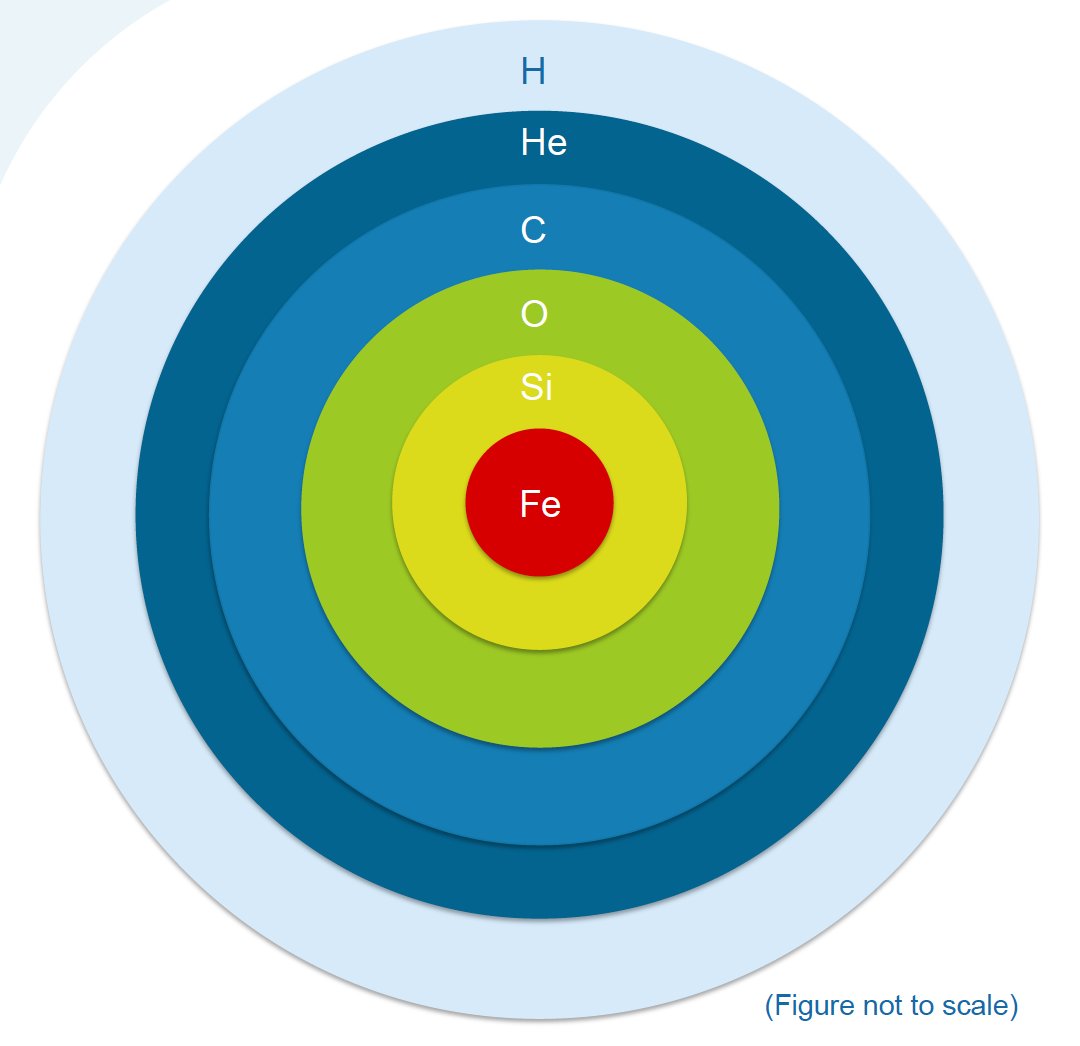 " title="Massive stars, otoh, are all about the drama. Stars more than 10 times as massive as our sun happily keep fusing elements all the way up to iron and kinda look like an onion towards the end of their lives. But iron is trouble because fusing it *consumes* energy! No more fuel...https://abs.twimg.com/emoji/v2/... draggable="false" alt="😰" title="Face with open mouth and cold sweat" aria-label="Emoji: Face with open mouth and cold sweat">" class="img-responsive" style="max-width:100%;"/>
" title="Massive stars, otoh, are all about the drama. Stars more than 10 times as massive as our sun happily keep fusing elements all the way up to iron and kinda look like an onion towards the end of their lives. But iron is trouble because fusing it *consumes* energy! No more fuel...https://abs.twimg.com/emoji/v2/... draggable="false" alt="😰" title="Face with open mouth and cold sweat" aria-label="Emoji: Face with open mouth and cold sweat">" class="img-responsive" style="max-width:100%;"/>
